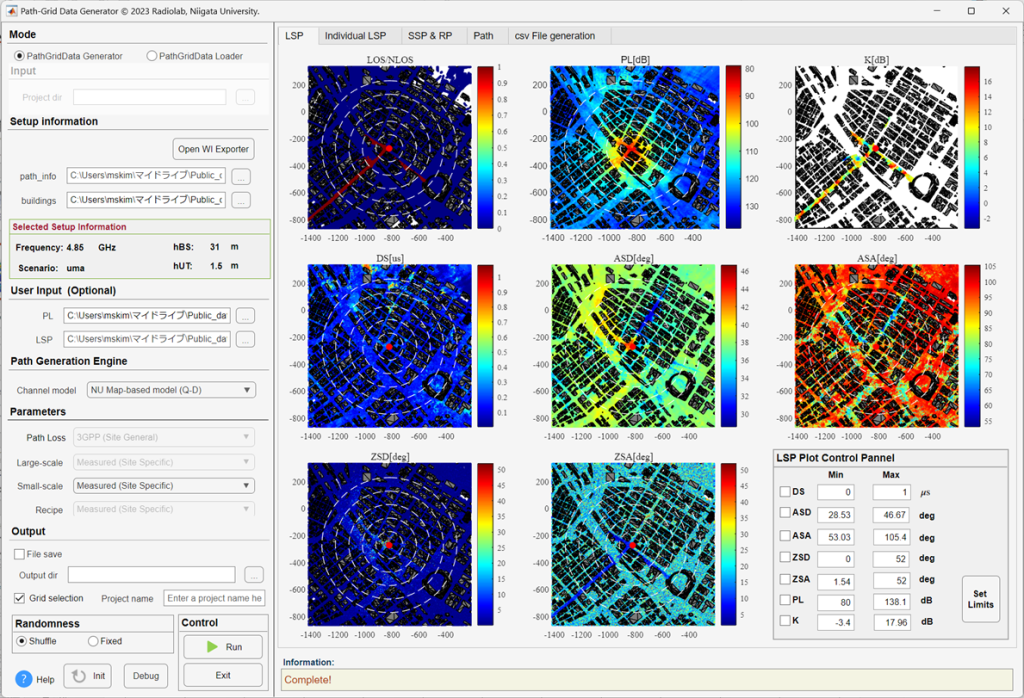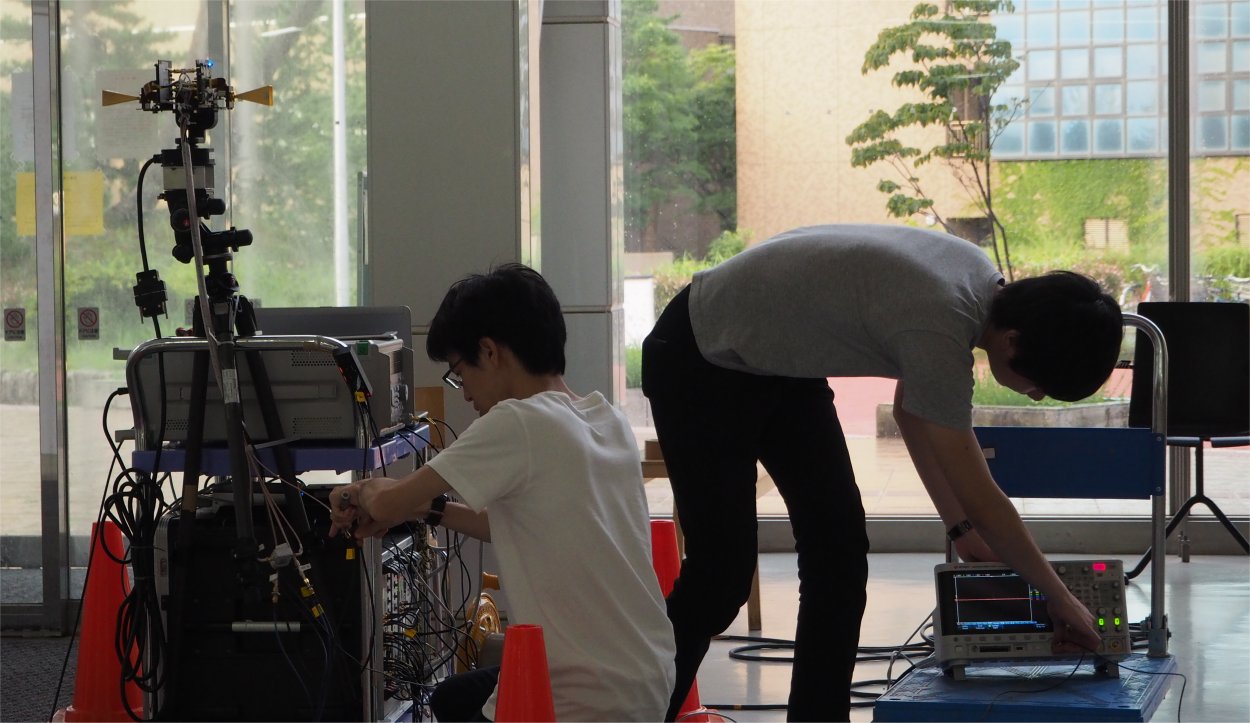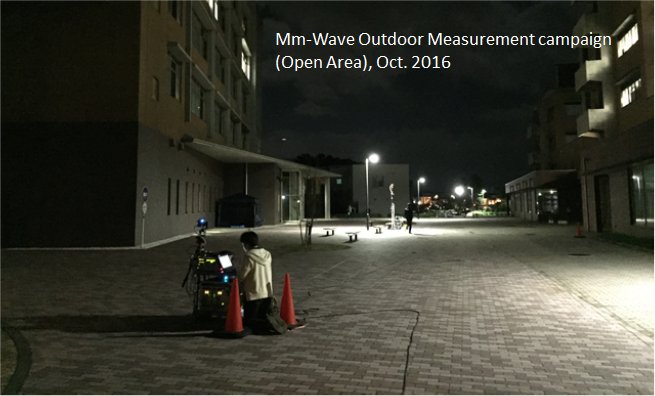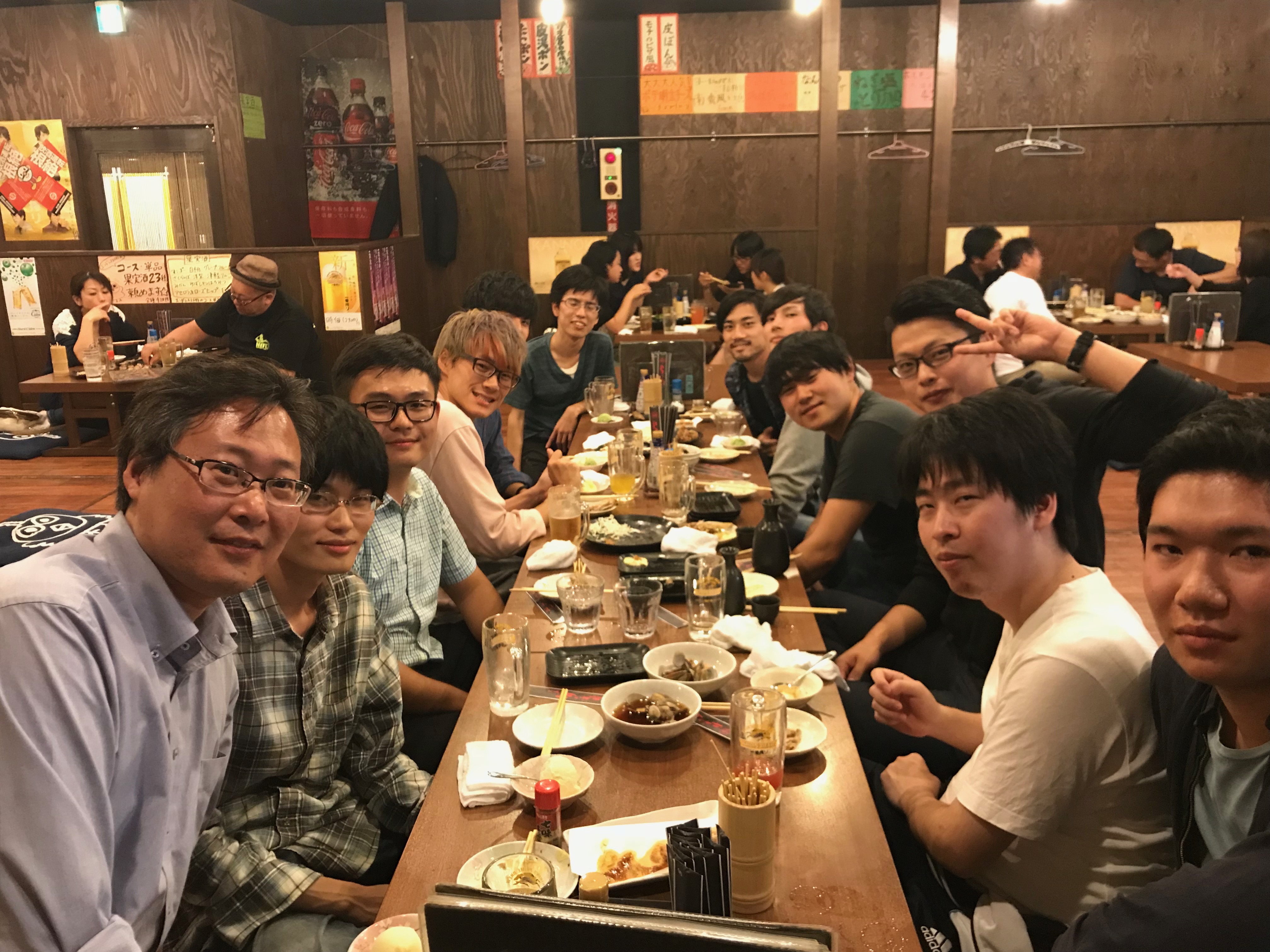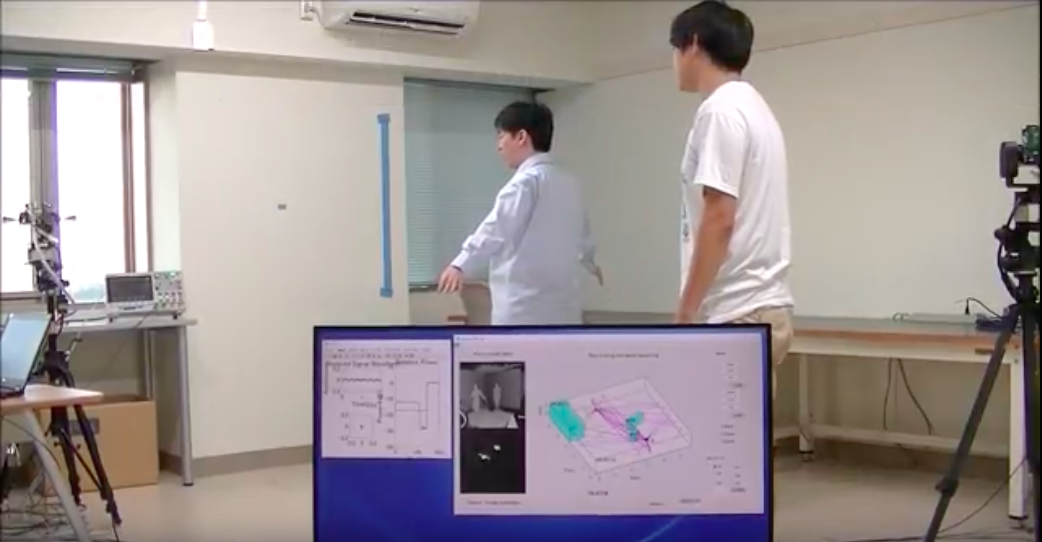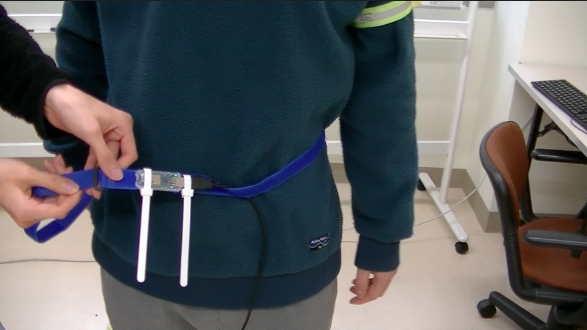Channel Sim
Background
Society 5.0 represents a seamless integration of virtual and real spaces, ushering in a new era of high expectations for a modern society where wireless networks connect all people, systems, and things. This promises to address critical social issues while maintaining sustainable economic development. Emerging technologies such as IoT, robotics, AI, big data, smart(er) devices, augmented reality, virtual reality, and others will significantly impact and improve our modern societal life in all aspects. While the current 5G network is already facilitating the implementation of these technologies, to realize their full potential, we need to improve our mobile network infrastructure, the development of wireless technology beyond 5G (B5G) or 6G is imperative.
In this scenario, millimeter-wave (mm-wave) technology is gaining attention for its ability to offer high bandwidth, low latency, and ultra-high data rates in the Gbps range. This is crucial for achieving the vision of next-generation mobile communication and a device-centric modern society. However, evaluation and verification for developing new wireless systems are costly and time-consuming. Field tests are limited by changes in the weather and surrounding environment, and they are not guaranteed to provide accurate results. Therefore, conducting field tests to verify wireless systems in the Society 5.0 era, in which more devices than ever communicate with each other, is unrealistic. To solve these issues, we have developed a cyber-physical system (CPS) wireless emulator. This emulator reproduces real-world geometry in virtual space and emulates the site-specific radio wave propagation with high accuracy.
About CPSQDSIM
A channel model simulator called CPSQDSIM has been developed based on our proposed channel modeling framework. The targeted area is divided into several grids, and the simulator generates a clustered dataset of multipath components known as PathGridData, consisting of delay times, departure/arrival angles, and powers. This simulator accepts the deterministic cluster information obtained through ray tracing, the building’s position in that geographical area, and site-specific statistical parameters such as LSPs and SSPs to reproduce radio wave propagation characteristics more accurately. Moreover, the simulator uses the recipe parameters to calibrate the deterministic cluster power, accounting for power losses due to minor or unrecognized objects in the area. Additionally, incorporating the spatial consistency for non-stationary user equipment into the simulator makes it the perfect tool for next-generation mobile systems based on mmWave technology.

